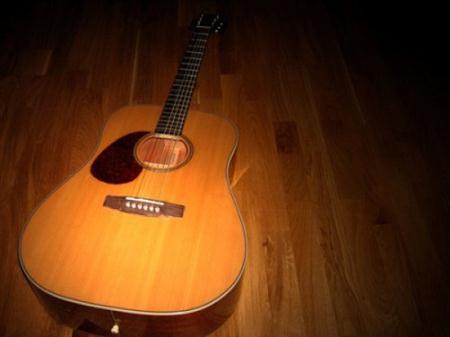19
2011
Who Invented the Acoustic Guitar
An acoustic guitar is a common type of guitar that projects the sounds produced by the strings of the guitar only by using acoustic methods. The string based acoustic guitar was invented by Christian Fredrich Martin from Germany. He was a guitar maker who moved from Germany to America in the year 1833. At that point of time, American guitarists required a bright sounding and louder guitar so he fulfilled the same by inventing the acoustic guitar. These guitars completely vary from an electrical guitar.
Acoustic guitars can be classified as historic acoustic guitars and modern acoustic guitars. Both these types of guitars tremendously vary in construction and design. The common varieties of acoustic guitar include steel-string acoustic guitar, lap steel guitar and nylon string classical guitar. These guitars are designed in different body shapes. The proportion and the size of the tonal balance in upper part and lower part determine the volume of the sound, i.e. the larger the size of the body, louder will be the volume.

Martin experimented with the strings on the guitar and identified that the guitar required strong body due to the higher tension on the guitar. He designed a vigorous bracing system that coordinates with the increased tension of steel strings on the guitar. Most of the modern acoustic guitars based on strings are constructed based on the bracing concept developed by Martin.

 An article by
An article by 




